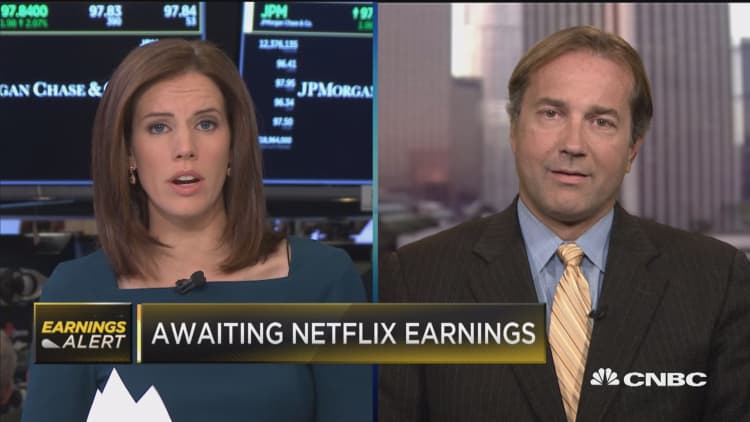What is it going to take to stop the relentless uptrend in the Dow? This is an important question because the answer tells traders if it is time to tighten stops and get ready to exit, or buy the dips in anticipation the uptrend will continue.
Investors who listened to analysts in early 2017, and again in July 2017, and exited the Dow because it was seen as too high, have missed out on some impressive gains.
The market observers who got it wrong both times in 2017 are now even more frightened of index heights and continue to warn of a crash in the Dow. The technical analysis of the market does not support their fears.
The Dow is in a strong uptrend, but it moves in well-defined trading bands. The technical support level is the previous resistance level near 21,000. The 21,000 level was a significant resistance level.
The short-term rebound target from that level with the upside target of 21,600 has been achieved. In the longer term, the Dow has target near 23,700. These targets are calculated using chart pattern analysis.
The Dow chart now has three significant chart patterns and they combine to define the strength of the longer-term uptrend and to identify support features.
The first feature on the Dow chart is a long-term uptrend line. This uptrend line starts in October 2011. Between October 2011 and August 2015 the uptrend line acted as a support level.
In August of 2015, the Dow moved below the uptrend line and then in February 2017 it again moved above the trend line. The trend line is projected into the future and it will continue to act as a support level. The current value is 21,700.
The second feature is the well-established trading band. The lower edge of the trading band is near 15,600 and the upper edge is near 18,300. The width of the trading band is measured and then projected upwards. The measurement is calculated from 21,000, and this gives a longer-term target near 23,700.

The third feature is the more recent uptrend line starting from February 2016.
That created a rising wedge bearish pattern that often signals prices will collapse. That has not happened, instead leading to a bullish outcome that supports a continued uptrend. Pullbacks to the value of this trend line near 22,200 are entry opportunities.
When these three features are combined, it suggests the Dow uptrend will continue. In turn, any pullbacks are buying opportunities for a continuation of the uptrend. The Dow does not show any end-of-trend chart patterns.
Daryl Guppy is a trader and author of Trend Trading, The 36 Strategies of the Chinese for Financial Traders, which can be found at www.guppytraders.com. He is a regular guest on CNBC Asia Squawk Box. He is a speaker at trading conferences in China, Asia, Australia and Europe. He is a special consultant to AxiCorp.





